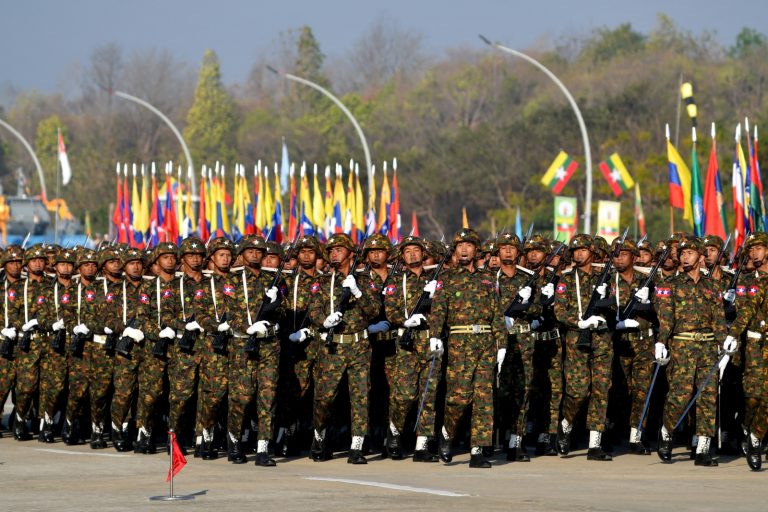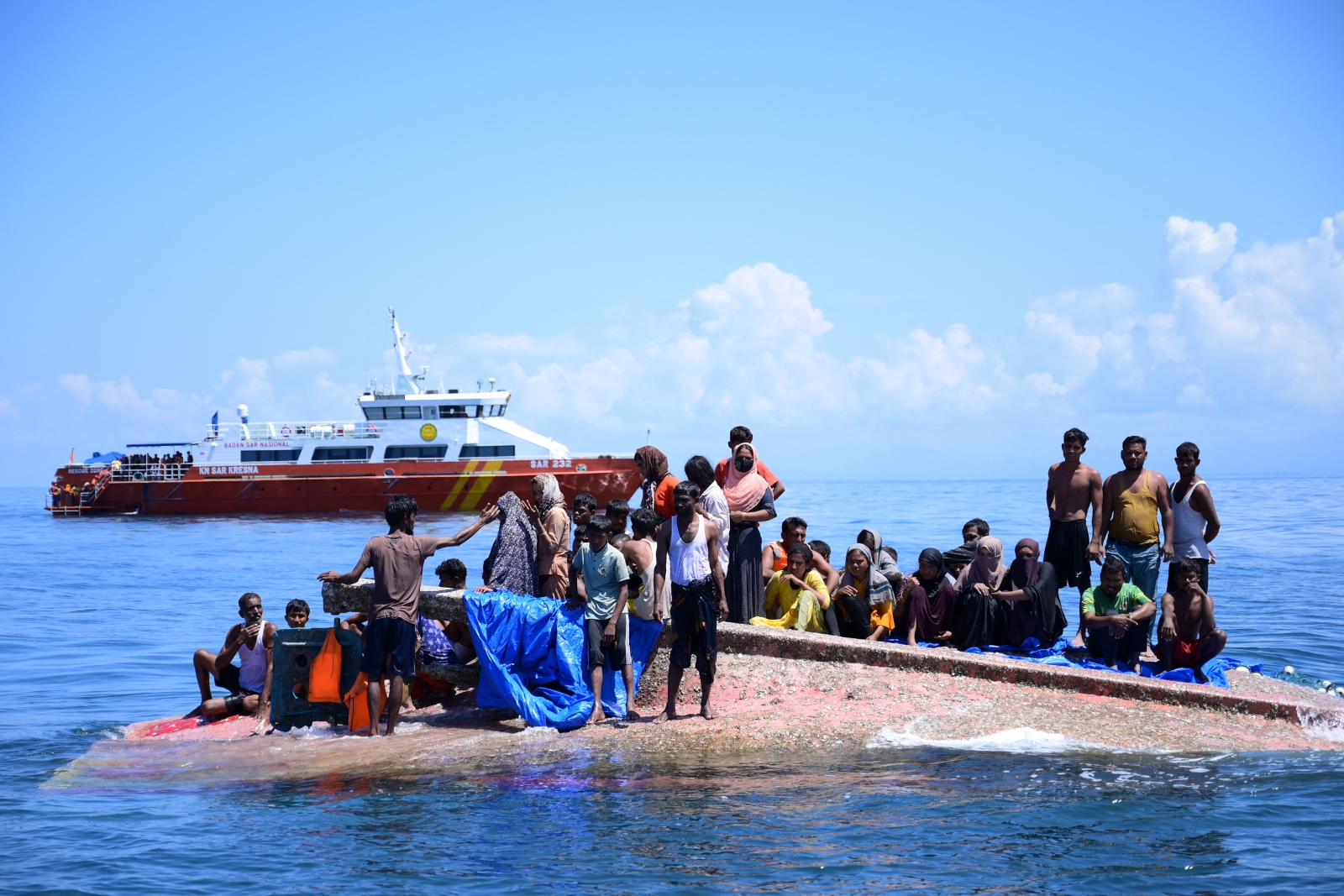By NYAN HLAING LYNN | FRONTIER
NAY PYI TAW — The government has rejected allegations of widespread destruction of buildings in Muslim villages in northern Rakhine State, with spokesman U Zaw Htay saying a recent Human Rights Watch report had “lost touch with reality”.
In the November 13 report, HRW used satellite imagery before and after recent conflict in Maungdaw Township to seemingly verify allegations of homes being burned.
The report did not point the finger at the military, but called for an independent investigation to ascertain how the buildings had been destroyed, as well as probe other allegations of abuses. “New satellite images not only confirm the widespread destruction of Rohingya villages but show that it was even greater than we first thought,” said Brad Adams, Asia director at Human Rights Watch. “Burmese authorities should promptly establish a UN-assisted investigation as a first step toward ensuring justice and security for the victims.”
However, President’s Office deputy director general U Zaw Htay said at a press conference on November 16 that the HRW report was inaccurate, with the number of homes that had been burned was significantly lower than stated.
Support more independent journalism like this. Sign up to be a Frontier member.
He said State Counsellor Daw Aung San Suu Kyi and military leaders discussed the report on November 15 and dispatched helicopters and ground-based teams to assess the allegations.
While the HRW report said that 245 buildings had been burned in Kyet Yoe Pyin village, the assessment team found only 30 homes had been destroyed. Similarly, when the allegation that 85 buildings had been burned in Pyaung Pike village was investigated, the government found that only 20 homes had been burned, Zaw Htay said.
However, in Wa Peik village, where HRW said 100 buildings had been burned, the ground teams found slightly more, at 105, had been destroyed.
In regards to an allegation aired separately in international media that the entirety of Dargyizar village, including about 700 homes, had been burned, the ground check had found the village contained only about 300 houses, of which just 30 had been burned.
Zaw Htay said the military was not responsible for any of the burned houses. Local and state media has regularly reported that Muslim insurgents burned the homes – and in some cases that the residents burned their own homes – but these reports have not been independently verified.
Allegations of rights abuses have been regularly leveled at the military and government since the “clearance” operation was launched in Maungdaw Township in response to armed attacks on Border Guard Police outposts on October 9. Soldiers have been accused of not only burning homes but also rape and extrajudicial killings. Government and military officials have rejected the allegations but at the same time blocked media access and ignored widespread calls for a credible and independent investigation.
Zaw Htay insisted that the information presented at the press conference cleared the government and military of any wrongdoing.
“International media are reporting news based on HRW’s report. But what we have presented now is the real situation. It proves that the Tatmadaw and the government have nothing to hide,” he said.
“We don’t have any reason to hide the truth. We can rebut wrong accusations with the truth.”
The press conference was the first since a new information unit, of which Zaw Htay is secretary, was set up by the State Counsellor’s Office to release information on events in conflict-hit Rakhine State.
Major-General Soe Naing Oo from the Commander-in-Chief’s Office said at the press conference that the military had used the minimum possible force against the armed attackers and was complying with all “international rules and regulations”.
Instead of responding using “big guns or bombs”, the Tatmadaw had only fired at the attackers using medium machine guns mounted on helicopters, said Soe Naing Oo, who is also vice chair of the information team.
Meanwhile, Daw Aye Aye Soe, deputy director general of the Ministry of Foreign Affairs, claimed that the October 9 attacks were undertaken in order to provoke a crackdown, which could then be used to spread allegations of human rights abuses by the military against Muslims.
She said the attacks had followed a recent decision by the United Nations General Assembly to drop a human rights resolution against Myanmar for the first time in more than two decades.
“Those who are unhappy at that decision … are effectively trying to force the Myanmar government to kill Muslims,” she said.
Fighting erupted on October 9 when hundreds of armed attackers, purportedly from a Maungdaw-based Islamist militant group, launched attacks on three Border Guard Police outposts. Since then, seven soldiers and 10 police have been killed, along with 39 “terrorists”. Another 243 “terrorists” have been arrested and are being investigated “according to the law”, the government says.
Sixty-five firearms were taken by the militants in the initial attack, of which 26 have been recovered.
Zaw Htay said it was unclear when the military operation in Maungdaw would end, as the Tatmadaw had to take action against those involved in “terrorism” and recover the lost weapons.






